Category: Latter-day Saint Thought
-
Why My Generation is Leaving the Church
I am saddened by the wickedness of my generation. Three weeks ago – before the Coronavirus quarantine – I returned to the YSA ward that I attended in college. I noticed a man sitting by himself on a pew. I didn’t remember his name, but I did remember him. He sat by himself on that…
-
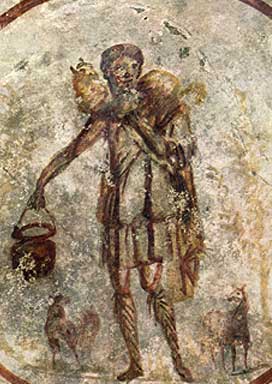
The Way and the Ancient Gospel
Along with “baby Yoda” memes, Disney’s Mandalorian made two phrases trendy: “This is the way,” and “I have spoken.” Being a Star Wars fan, the phrases quickly made their way into the lexicon of my household. So, it was humorous to me to find an entire lesson in “Come, Follow Me” this year entitled “This…
-
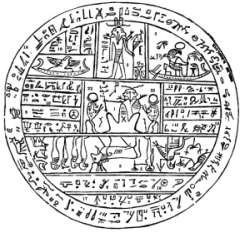
Notes on the Book of Abraham
I’m only a translator in the sense that people keep paying me to translate things for them.
-

The Olive Tree Restoration
There have been some common underlying themes to several Times and Seasons posts these past few months. The three themes or questions that I have in mind at the moment are: “What is the nature of the Great Apostasy?”, “What is the nature of the Restoration?”, and “What is the relationship of the Church of…
-

Embracing Jacob’s Sermon
One of the more awkward moments of my time in graduate school came when I was reading a book about Mormon polygamy while taking a break in the lab. A visiting scientist from Pakistan who was doing research in the same lab saw me reading the book and asked me: “That looks like an interesting…
-
Sacrament Prayers and the Doctrine of Christ
I am always interested in seeing how ideas grow, develop, and take shape of the years. I suppose that is part of why I find the study of theology so interesting. As I was studying the “Come, Follow Me” curriculum this last week, it struck me how the sacrament prayers seem to have developed and…
-
The Brothers Mormonov
“If you don’t believe in the historicity of the Book of Mormon, then why are you still part of the Church?” Ivan questioned his brother Alexei. The two enjoyed their gospel conversations, though Ivan left the Church years ago. Oddly enough, they agreed on most of the facts, but never on their implications. “I don’t…
-
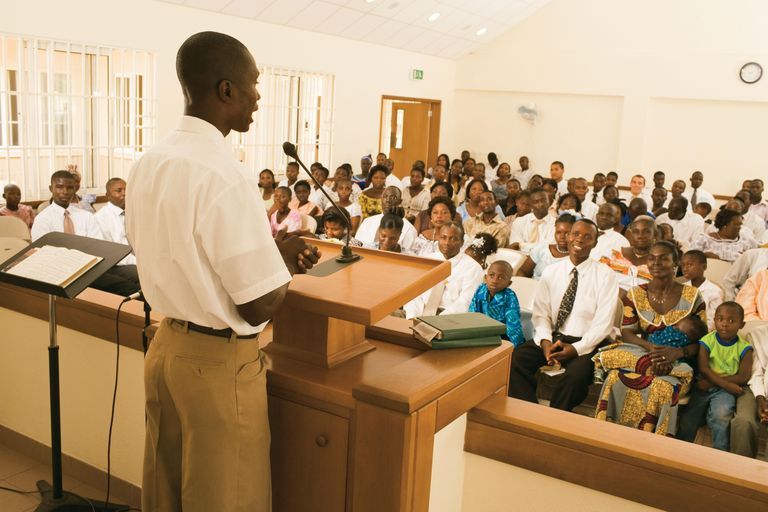
What Can’t Be Discussed in Church
In a podcast I listened to recently, a man who had left the church described going to sacrament meeting with his still-believing wife and feeling upset at what was said in church. He had come to believe that certain claims that are regularly stated at church were not true, and hearing them was uncomfortable. Initially,…
-

Six Funerals and the idea of Legacy
While I was at BYU years ago one of my best friends asked me to go with him and his wife to Cedar City to the Utah Shakespearean Festival. His wife’s father had served a mission with the founder, Fred Adams, and her family had gone frequently over the years since Adams founded the festival.…
-

The First Vision-A Close Reading
This year has been marked out as a bicentennial celebration of the year Joseph Smith experienced the First Vision. President Russell M. Nelson invited us to “immerse yourself in the glorious light of the Restoration,” offering the suggestion to “begin your preparation by reading afresh Joseph Smith’s account of the First Vision as recorded in…
-
Is it a Sin to Binge Watch Netflix?
We all know that the defining sin of the Nephites was pride. But what about the defining sin of the Lamanites? From the very beginning of the Book of Mormon, Nephi focuses on one particular vice. “[A]fter they had dwindled in unbelief” the Lamanites became “full of idleness and all manner of abominations.”[1] He later…
-
The Crux of Historicity
For all their differences, the essential and irreducible historical dilemma of the Old Testament, New Testament, and Book of Mormon is very much the same.
-

What Has Isaiah To Do With Nephi?
In the neighborhood where I grew up, there was a yard that had landscaping that baffled me. It was a grassy plain with a few small trees, and then about a half-dozen boulders scattered among the grass. The boulders were what baffled me—they didn’t seem to fit in with the landscaping around them and they…
-

Saints, Volume 2: A Review
The second volume of the Church’s official history, Saints: No Unhallowed Hand, 1846-1893 was released this Wednesday. I just finished blitzing through the book and wanted to share my thoughts on the volume. These official histories walk a tightrope, balancing a lot of goals at one time. This volume, for example, covers approximately 50 years…
-
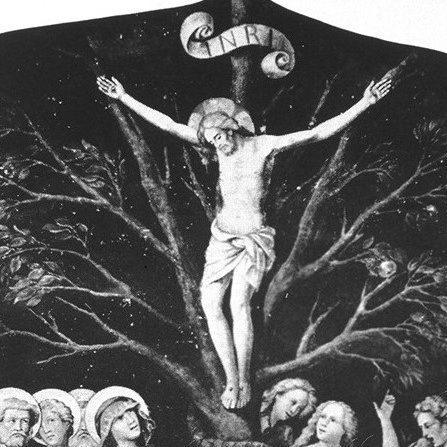
Reflections on the Tree of Life, Part 3: Christ and the Tree
The tree of life and its fruit mean many things to many different people. Immortality, eternal life, the presence of God, and Jesus the Christ are all important meanings of the tree in our tradition, but many more could be stated. Among Christians, one prominent meaning of the tree of life is as a symbol…
-
Reconsidering the Lamanites
One of the major points of discussion in recent weeks is over an error in the printed “Come, Follow Me” manual. A Joseph Fielding Smith quote with racist content was included in the discussion of 2 Nephi 5 and it was only noted that it does not accurately reflect Church doctrine after the manuals were…
-
Book of Mormon Stories: New Verses for the Liahona, Nephi’s Bow, and Building the Ship
I teach nine-year-olds for Primary, and I’ve started composing new verses to the old primary song Book of Mormon Stories as a way to recap the events before we get into discussion and activities. Here are four verses (which are arguably terrible but also instructive: I’m clearly not a songwriter) that go along with tomorrow’s…
-

Reflections on the Tree of Life, Part 2: The Presence of God
Truman G. Madsen once wrote: “Religious literature, ancient and modern, is replete with images of a tree of life that is to be planted in a goodly land by a pure stream. Some typologies regard it as the link at the very navel of the earth—the source of nourishment between parent and child—and place it…
-
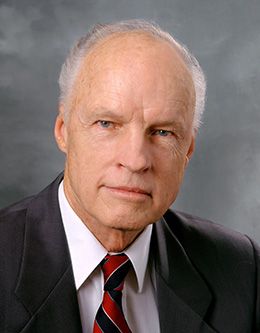
The Impact of a Scholar – Truman G. Madsen
Throughout the twentieth century, the Church of Jesus Christ of Latter-day Saints has seen several academic figures who had an impact on the collective thought of church members. Hugh Nibley and Eugene England are a couple examples of this group, but one other well-known academic figure in 20th century Mormonism that stands out is Truman…
-

The Church of the Devil and the Church of the Lamb of God
One of the more controversial aspects of Nephi’s vision of the tree of life is the great and abominable church or church of the devil. In his record, Nephi states that “there are save two churches only; the one is the church of the Lamb of God, and the other is the church of the…
-

A New First Vision Podcast
We are now in the year 2020, which is 200 years after the date that Joseph Smith said that he was first visited by God the Father and Jesus the Christ. At the most recent general conference, President Russell M. Nelson noted this anniversary and invited us to “prepare for a unique conference that will…
-
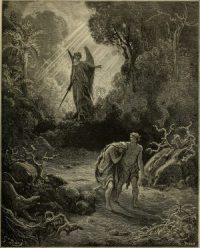
Reflections on the Tree of Life, Part 1: Immortality and Eternal Life
Between reflecting on Mack Wilberg’s choral piece “The Tree of Life,” preparing for the Book of Mormon Come Follow Me curriculum, and studying the Revelation of John the Divine these past few weeks, the tree of life has been on my mind. I thought I might share some reflections on the subject by highlighting possible…
-
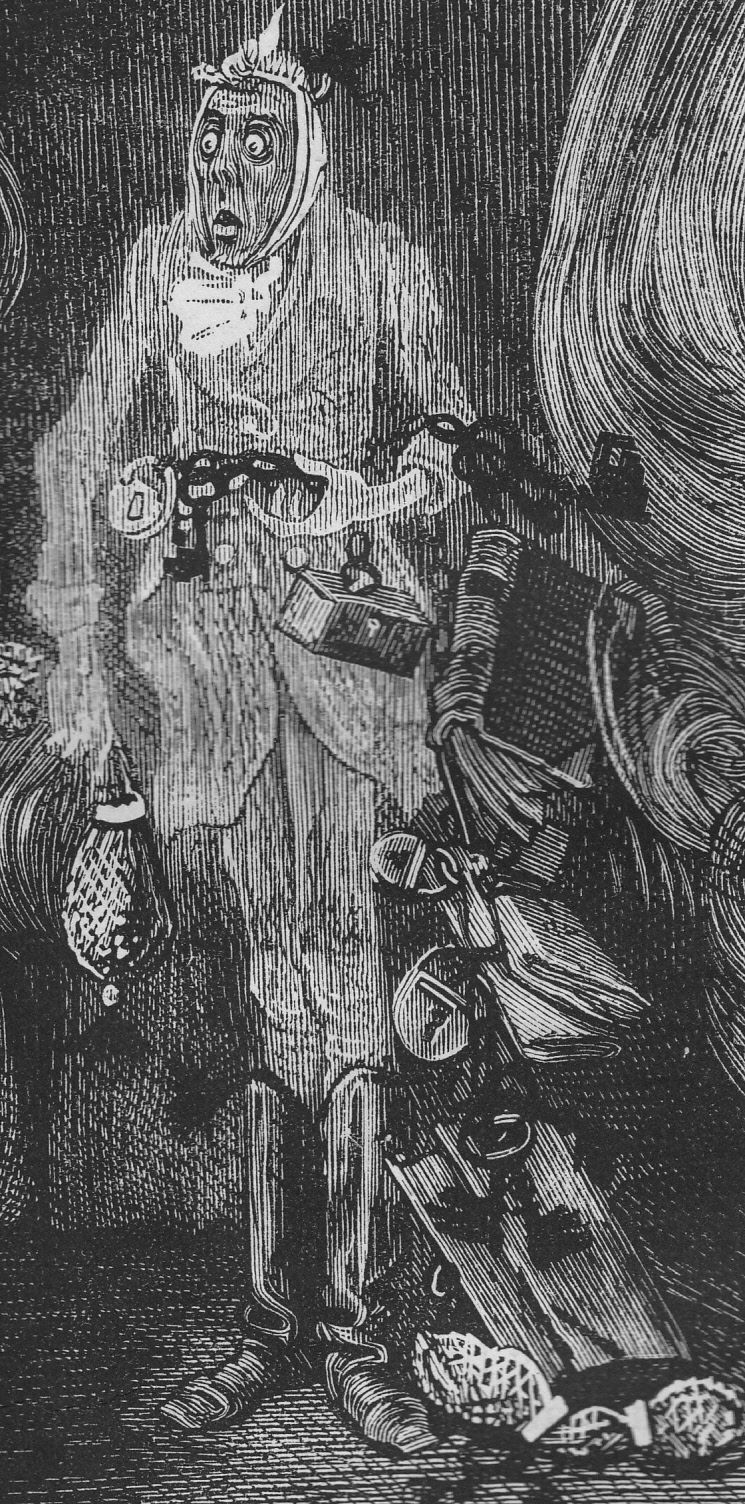
The Gospel According to “A Christmas Carol” II
As I mentioned in my last post, I read Dickens’ novella, A Christmas Carol each year at this time. As a result of reading it and re-reading it, for me this story has passed from mere entertainment to something much more. In the story Dickens introduces us to Ebenezer Scrooge, who is visited on Christmas Eve by…
-
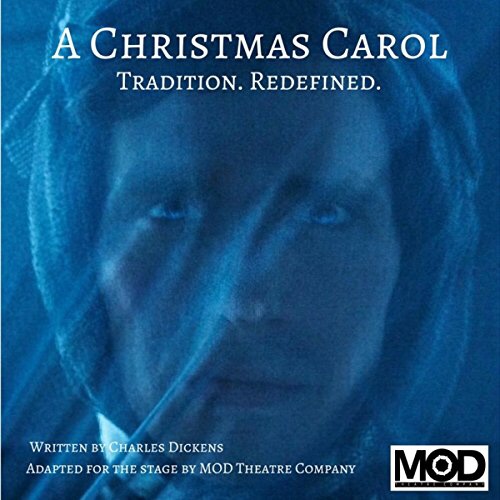
The Gospel According to “A Christmas Carol” I
At Christmas time, one of my holiday customs is to read Dickens’ novella, A Christmas Carol. I may be a little obsessed with the story — I have three different audio versions on my phone, including one produced by members of my home ward. As a result of reading it and re-reading it, for me…
-
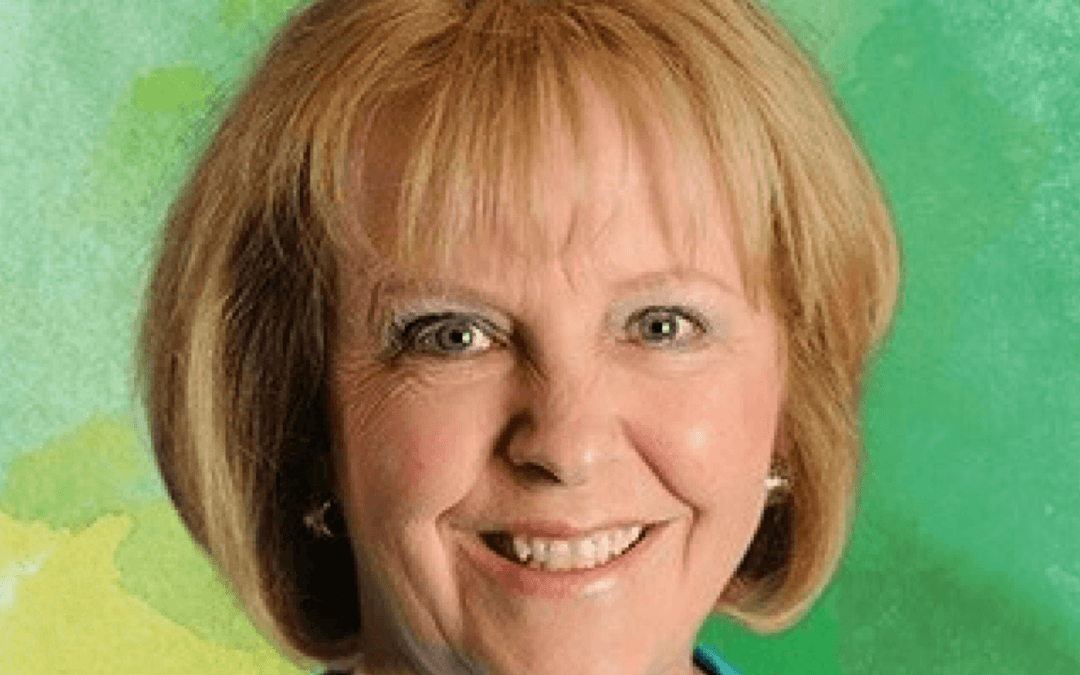
Women, Priesthood, and Power
There are several hot topics that come up on a regular basis in the Church. One of those is women’s relationship with the priesthood in the Church. Concerns over equality in policy making, involvement in the life of the Church, and quite a few other things factor into this issue. Given that women comprise half…
-
Notes on Revelation
When I teach Revelation 1-11 to my youth Sunday School class, I’ll probably start off by saying something about gasoline.
-
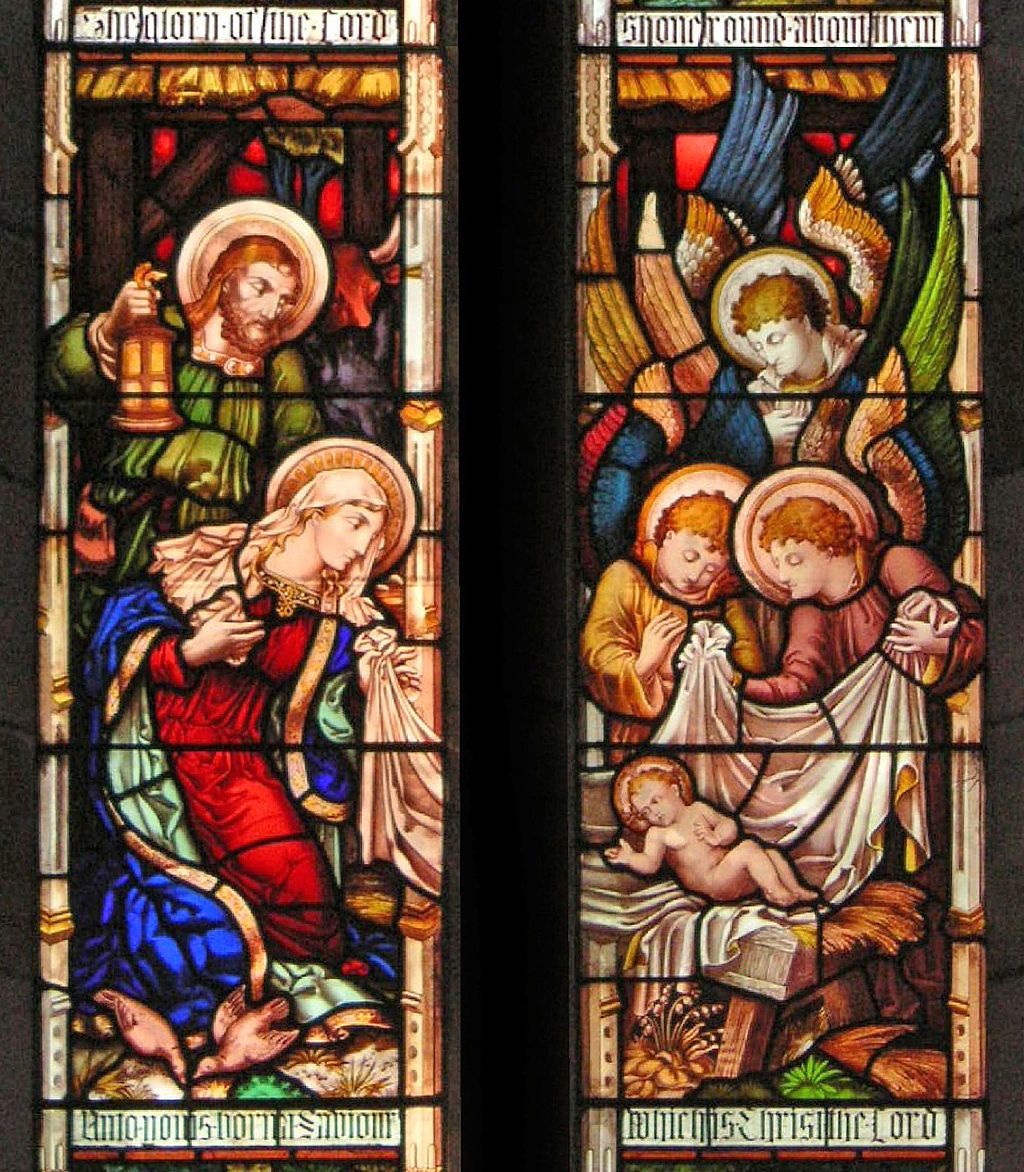
The Standard Christmas Sacrament Meeting
My sister recently sent the planned text for the sacrament meeting program in her ward (she is involved in the planning) to me and the rest of our siblings for our suggestions. It was fine, lovely even. It was full of Christmas hymns with brief introductory and concluding texts. Sound familiar? Other than this type…
-

Toward a Universal Thanksgiving
This coming Sunday our neighborhood will hold its 6th annual Interfaith Thanksgiving celebration. As many as 500 members of Jewish, Protestant, Catholic and Mormon congregations will join together for a program giving thanks and blessing children, followed by a communal thanksgiving dinner[1. FWIW, the keynote speaker this year is Dr. Ruth Westheimer! who is a…
-
What are the best books to accompany your study of the Book of Mormon?
Next year, we’ll be studying The Book of Mormon in the Come, Follow Me program for the Church of Jesus Christ of Latter-day Saints. During this year’s study of the New Testament, I’ve benefited from reading complementary material, such as — as I was reading Romans — Adam Miller’s excellent Grace Is Not God’s Backup…
